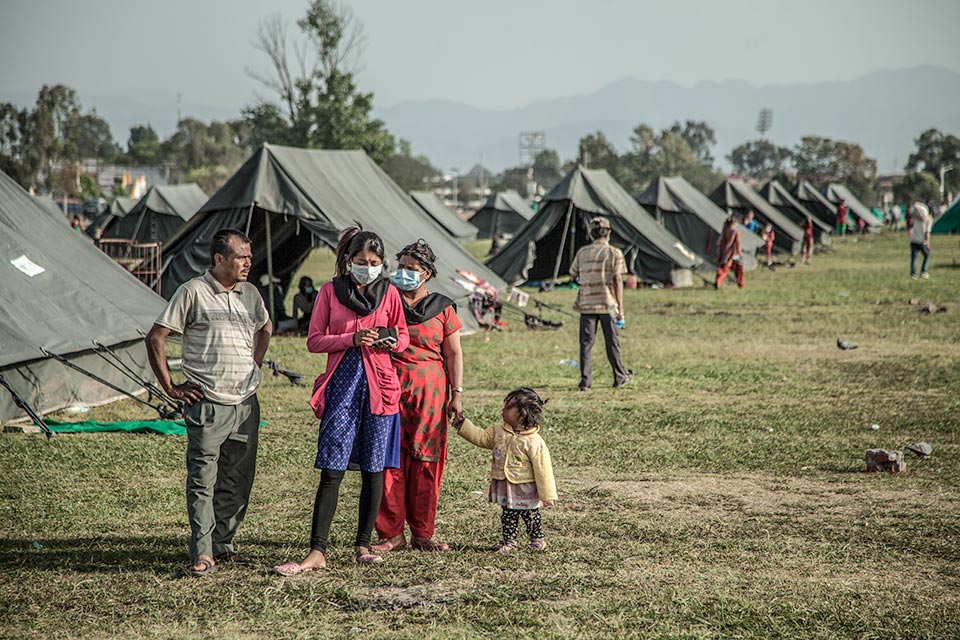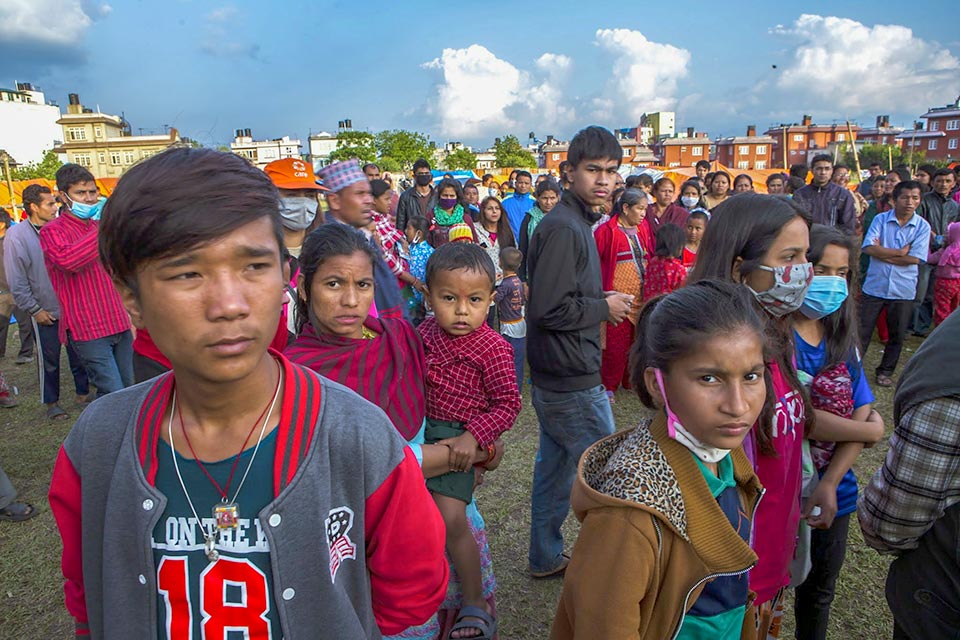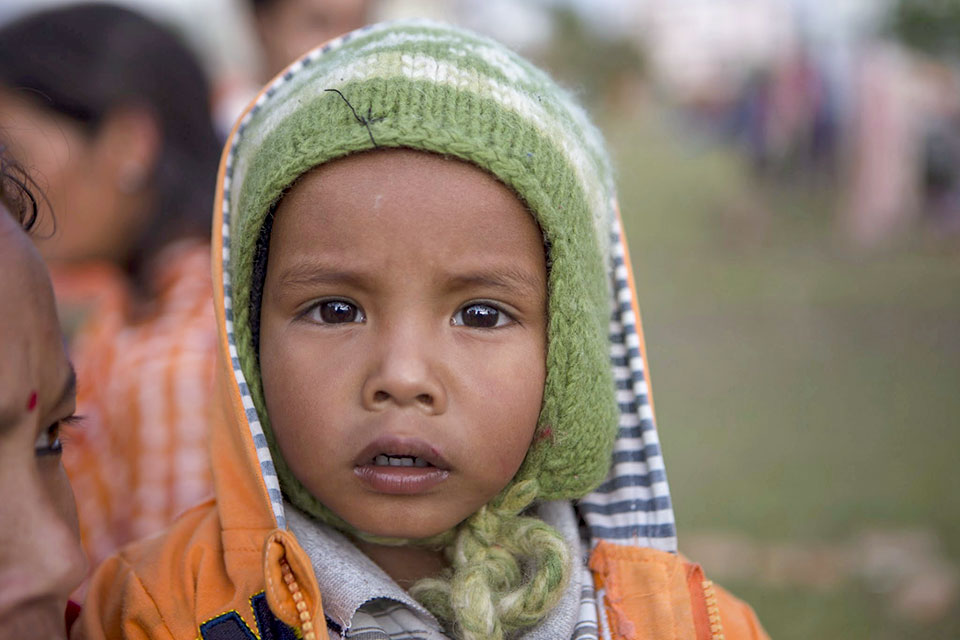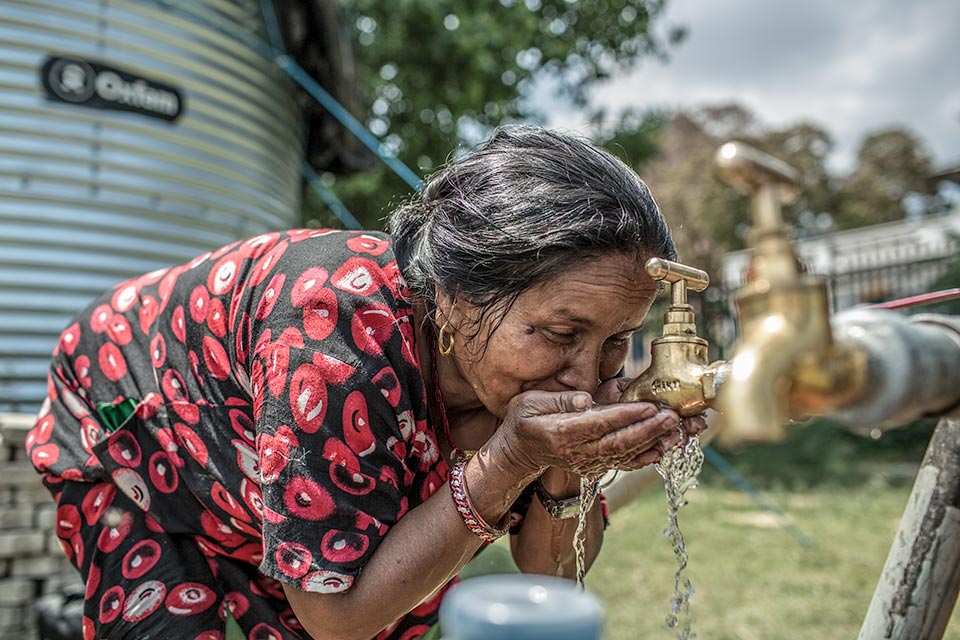
Nepal Earthquake
On April 25 and May 12, two devastating earthquakes struck Nepal. More than 7,000 people died, thousands more were injured, and more than two million children were affected. The Humanitarian Coalition and its member agencies responded by launching a joint national appeal.
The member agencies of the Humanitarian Coalition were on the ground in Nepal, assessing the situation and assisting survivors. The task was daunting, but years of experience in the region and solid partnerships with local organizations meant that our agencies were quickly able to make a tangible impact.
They provided a wide range of emergency items and services, such as shelters, blankets, clean water and sanitation supplies, water storage units, food, medical aid, baby kits, and other essentials. Because children and pregnant women are particularly vulnerable in the aftermath of natural disasters, special attention was given to their nutrition needs and to protection measures.
The large-scale devastation wreaked havoc with roads and infrastructure, and the Kathmandu airport was struggling with much heavier traffic than it is designed to handle. But despite immense logistical and communication challenges, work continued day and night to reach people in remote areas.
The generous support of Canadians was essential for relief efforts to have an impact and reach populations in the form of shelter, clean water and sanitation supplies, food, medical aid, and other essentials. Health workers warned that a major health crisis could unfold among survivors of the quake who were living in overcrowded space and with no or little access to sanitation or clean water.
On 25th April the Department of Foreign Affairs, Trade and Development (DFATD) announced a Matching Fund period which expired on 25th May. During this period Canadians’ donations were matched by the government into its response pool for the Nepal disaster.






